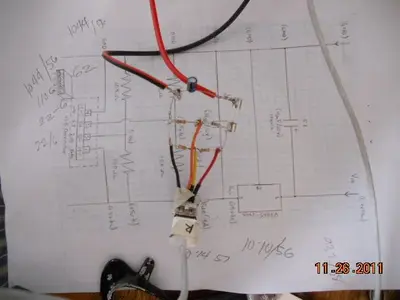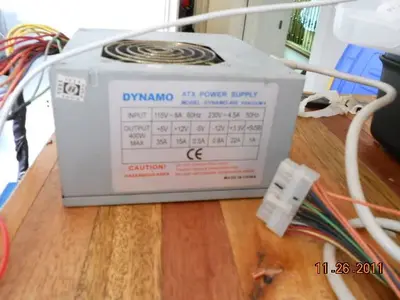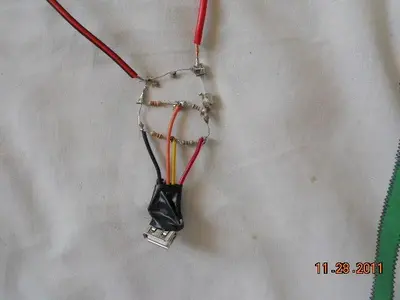Ok so how do I regulate current efficiently?
And how do I build it into Tim's circuit?
I am now wondering if I can use a smaller power supply? I originally was going to use 5V, 5A, 25 watt power supply but this is to small based on my calculations. So i think I will keep the power supply that I mentioned earlier. I know that not every time every space on my charger will be filled but at night I could be easily charging 2 iPads and three iphones at the same time.
I saw on a circuit website that you can use at JFET current regulator but I don't know if this is the right device to use. On another site I saw the use of transistors to do the same thing. The key to the design that I want to make is small, compact and efficient.
The other thing that I would really like to add is a way to introduce led's into the circuit. So that when a device is pluged in a led light comes on and when the device is fully charged the led light goes out. This is not necessary for my first design but this is a wish for future designs.





